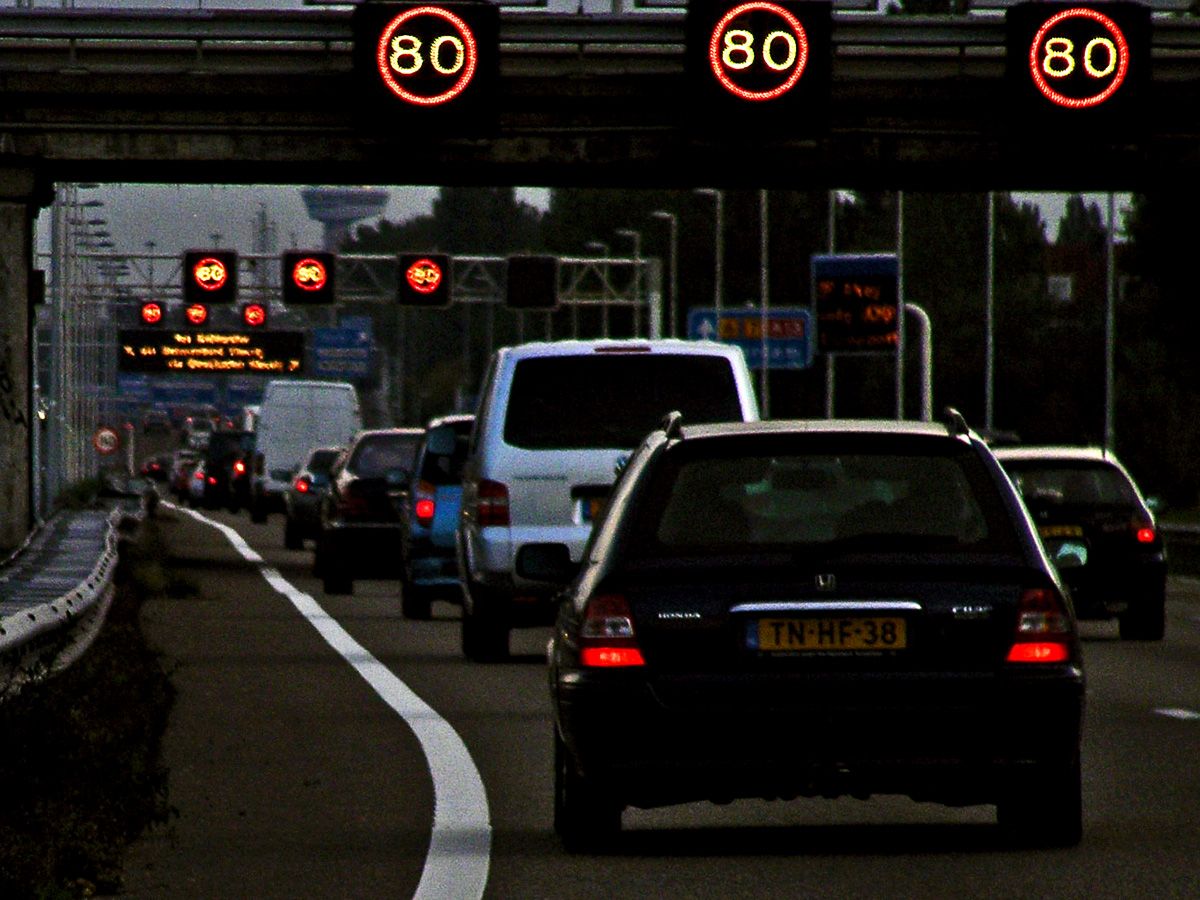Audi, BWM, Mercedes and Volkswagen are names synonymous with German carmaking today. But what about Siemens, the Munich-based electrical and electronics giant, joining that line-up some day?
As far-fetched as the idea may sound, Gernot Spiegelberg, head of development electric mobility at Siemens, delivered a presentation at the IEEE Technology Time Machine symposium in Dresden that envisioned a whole new class of players vying for a piece of the electric-powered mobility market.
Siemens is interested in grabbing a chunk of the market not only for smart electric cars but also for smart traffic technology that communicates with them and the smart grid that powers it all, said Spiegelberg who, by the way, also managed to snatch a good hunk of panelist speaking time.
Experts on the “Smart Tranporation” panel agreed with Spiegelberg on many things: electricity and electronics are going to play a huge role in transportation systems of the future; more than 70 percent of the world’s population is expected to live in urban areas, adding to today’s already congested roads; eventually – when prices drop to competitive levels and ranges are extended – electric vehicles equipped with powerful batteries will give the traditional internal-combustion engine a run for its money; and all types of electronics and advanced software will provide the brains for intelligent vehicles and traffic management systems.
This is the future that, in little bits, is already happening today. Thomas Form, head of electronics and vehicle research at Volkswagen, could hardly ignore the slides of the prototype Siemens electric car and truck already on the road and a visionary mini-car for individual transportation.
But VW and other traditional carmarkers are busy, too. Form called what’s coming “Auto 2.0” – of electric drive trains, advanced driver assistance systems (ADAS), and car-to-car and car-to-infrastructure communications systems. All of it enabled in part by the growing integration of sensors in systems to help cars “feel, see, and communicate.”
To that last list, Christian Müller, senior researchers at the German Research Centre for Artificial Intelligence added the word “think.” But beside his praise of the “wonderful” advantages of systems such as ADAS, Müller expressed some concerns about “who’s actually driving” and the need for strong “driver-vehicle collaboration” in future systems.
Should that collaboration come about, it will be happening on a roadway that’s also trying to collaborate. You can see some of it today, according to Amine Haoui, CEO of SenSys Networks. He calls the M1 freeway in Melbourne [video] one of the world’s most advanced systems in the world.
“We’re moving from data-poor to data-rich highway management systems,” Haoui says, thanks to better sensors and wireless technology to collect and move data around much faster and more reliably. And in 10 years, he predicts, “most of that data will be in the cloud.” Where else?
Photo: Jacco van Giessen




